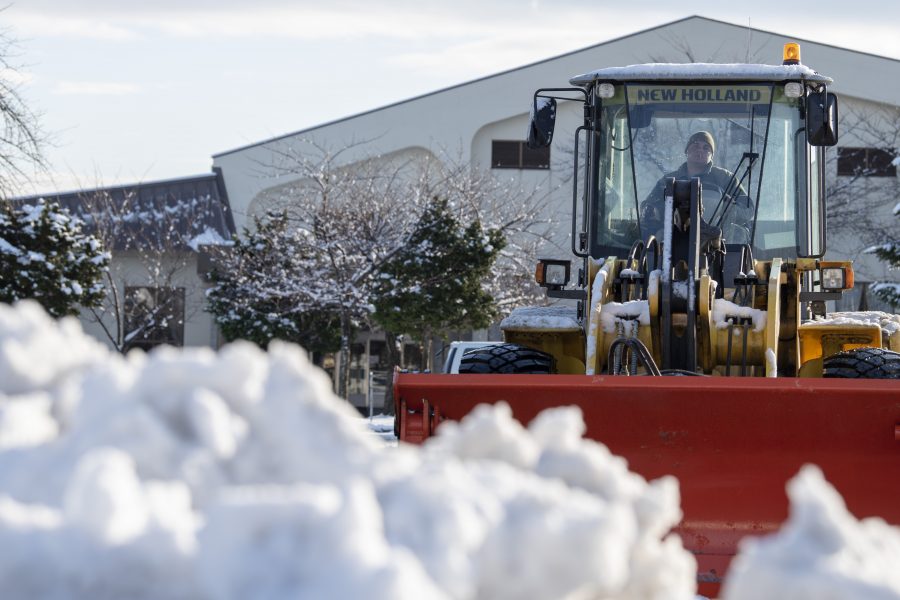MISAWA AB, Japan—With an average snowfall of 150 inches per year over the last seven years, civil engineers at this bilateral air base on the northern tip of Japan’s main island stay busy with 24-hour operations during the snow season, priding themselves on keeping the airfield open regardless of weather conditions.
“We have the largest snow fleet in the entire Air Force here,” said Col. Kristopher Struve, commander of the 35th Fighter Wing. “We can get a foot of snow and we’ll be up and flying by 8 or 9 in the morning. It’s pretty amazing.”
Misawa is about 40 miles from Aomori, one of the snowiest cities in the world; the highest recorded snowfall at the air base was 240 inches in 1984. But the civil engineers prefer “heavier, faster snow,” and would rather have more snow than less, said MSgt. Daniel Ray of the 35th Civil Engineer Squadron.
“Last year we got 165 inches of snow, and the year previous to that we actually got less snow, but we used more” resources to clear it, because it’s harder to keep up with ice than with a constant blanket of snow, Ray explained. “This year, we’re really hoping to get that 200 inches: I think it’s easier to maintain than getting less and then it freezing, then thawing, then freezing, then thawing.”

The USAF shares snow removal duties with civil engineers from two Japan Air Self-Defense Force units, for a total of 345 people working to clear what airmen say is the snowiest base in the Defense Department. The 35th CES has already won an award for Pacific Air Forces snow team of the year and is up for an Air Force-wide award; they call themselves the “wardens of the frozen North.”
“We did the math,” Ray said, and determined that they could have filled Yankee Stadium with snow 62 times last year.
One of the two Japanese units that helps with snow removal on base is the Northern Air Civil Engineering Group. Maj. Sigetaka Okumura, the commander of that group, said that from Dec. 1 to March, their 97 personnel are “always ready” to respond.
The USAF schedule is similar, though they typically begin 24-hour operations in mid-November. And when snow is predicted, they start staging equipment, because they have to clear not just the airfield, but also base roads and parking lots—and while they may know the flying schedule, they don’t know when someone will want to go to the commissary.
“We take a lot of pride in the [fact that the] base never shuts down,” said SMSgt. Thomas Riggsbee, the operations flight superintendent. “Kiddos are out there saying, ‘Oh, yeah, there’s no school today.’ We’re like, wanna bet?”
But it’s about more than just pride, he said: It’s a matter of necessity.
“We don’t do it, we don’t fly jets,” Riggsbee said. “If the snow operation doesn’t succeed, then everybody else’s mission stops, and then we don’t fly, which is unacceptable.”


